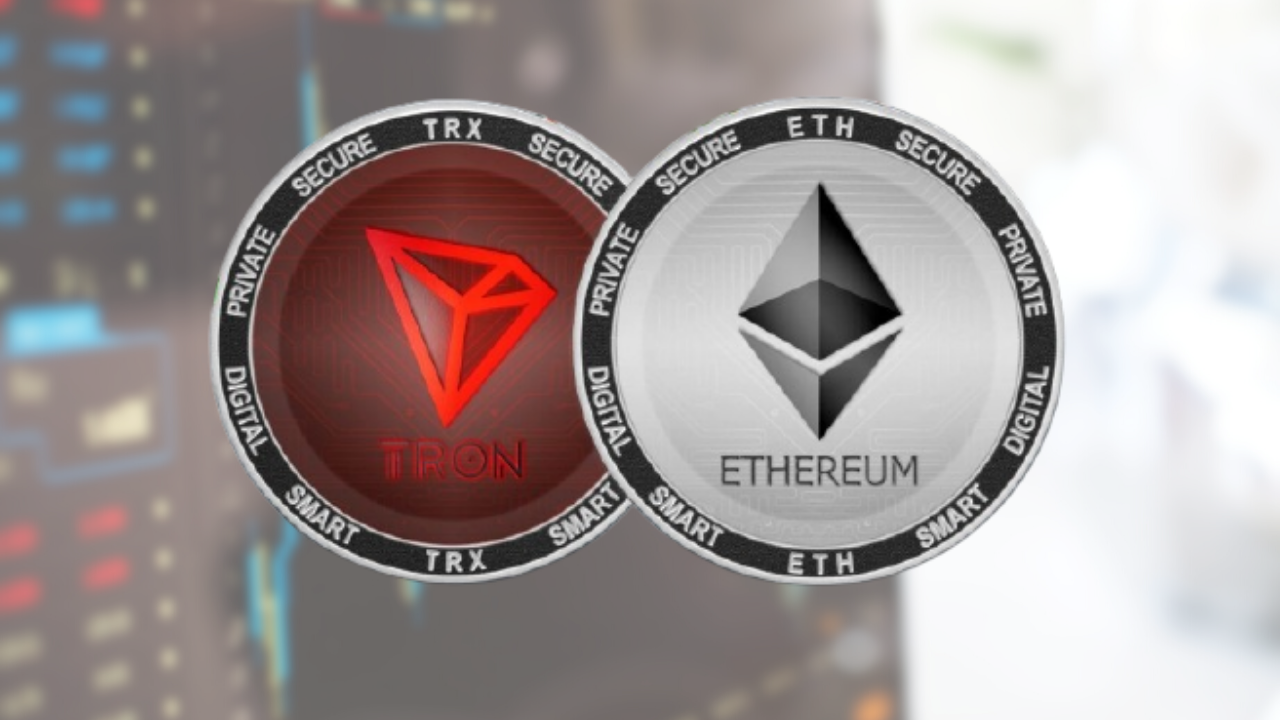ERC20 and TRC20 are both smart-contract tokenization standards that allow the user to establish their own token; the key difference between the two is the cryptocurrency network on which they run.
ERC20 is hosted on the Ethereum blockchain, while TRC20 is hosted on the Tron blockchain.
This is the largest difference.
The first letter stands for network, Ethereum, and Tron; the other two letters represent “Request for Comment.” Learn more about the TRC20 to ERC20 bridge in the article.

Blockchain technology’s ERC20 token
As an alternative to building your own cryptocurrency network/blockchain, you may construct a token on an existing network. Developing a token as an ERC20 on the Ethereum network is one possibility.
Developing an ERC20 token is a less difficult undertaking than creating a new blockchain, but you will still require the assistance of an ERC20 developer.
Tokens built using the ERC20 standard are bound to the Ethereum network and must adhere to its rules and regulations.
First, choose a name, symbol, total supply, transfer method, token owner’s account balance, and token address. ETH, Ethereum’s native token, will pay transaction fees for the new ERC20-type currency.
When it comes to token generation, Ethereum is by far the most popular platform. Stablecoins like DAI and USDC are one kind of Stablecoin.
Blockchain technology’s TRC20 token
If you want to launch a token on a different network than Ethereum, the Tron network is your best bet.
It has a very similar structure to Ethereum, with the primary distinction being that it’s a Proof-Of-Stake (POS) based blockchain, while Ethereum is Proof-Of-Work (PoW) (POW).
Generating a token on the Tron blockchain is similar to other blockchains in that you must comply with its rules and network conditions and enter relevant information (such as the token’s name, symbol, total supply, etc.).
You would be required to use Tron’s native token, TRX, for any transaction costs associated with your custom-built TRC20 token.
If you want to transfer part of your tokens to someone else, you’ll need to ensure you have some in your wallet.
Tether (USDT) is a TRC20 token and a Stablecoin.
To what extent do the two differ, and which is preferable ERC20 or TRC20
The decision between ERC20 and TRC20 as the tokenization standard for a new cryptocurrency project is not made lightly.
Possible explanations include a desire for quicker and cheaper Tron network transactions in contrast to Ethereum’s more established but still somewhat slow network or a preference for Ethereum’s high adoption rate.
Choosing the right network to issue your cryptocurrency token on depends on several factors, including the nature of your crypto project, the nature of your company or activity, the nature of the token itself, and the differences between the various forms of tokenization.
How can I change USDT TRC20 to ERC20?
With Allbridge Core, exchanging Tron for Ethereum is as easy as clicking a button. Before initiating a cross-chain exchange, one must choose the target networks and tokens via the bridge interface.
You may then either link your wallet or paste the recipient’s address and then proceed to transfer the funds you’ve selected. When everything seems OK, click “Send” to begin the transaction.
Your wallet will be credited with the chosen stablecoin after a cross-chain exchange performed by Allbridge Core once the transaction has been verified.

